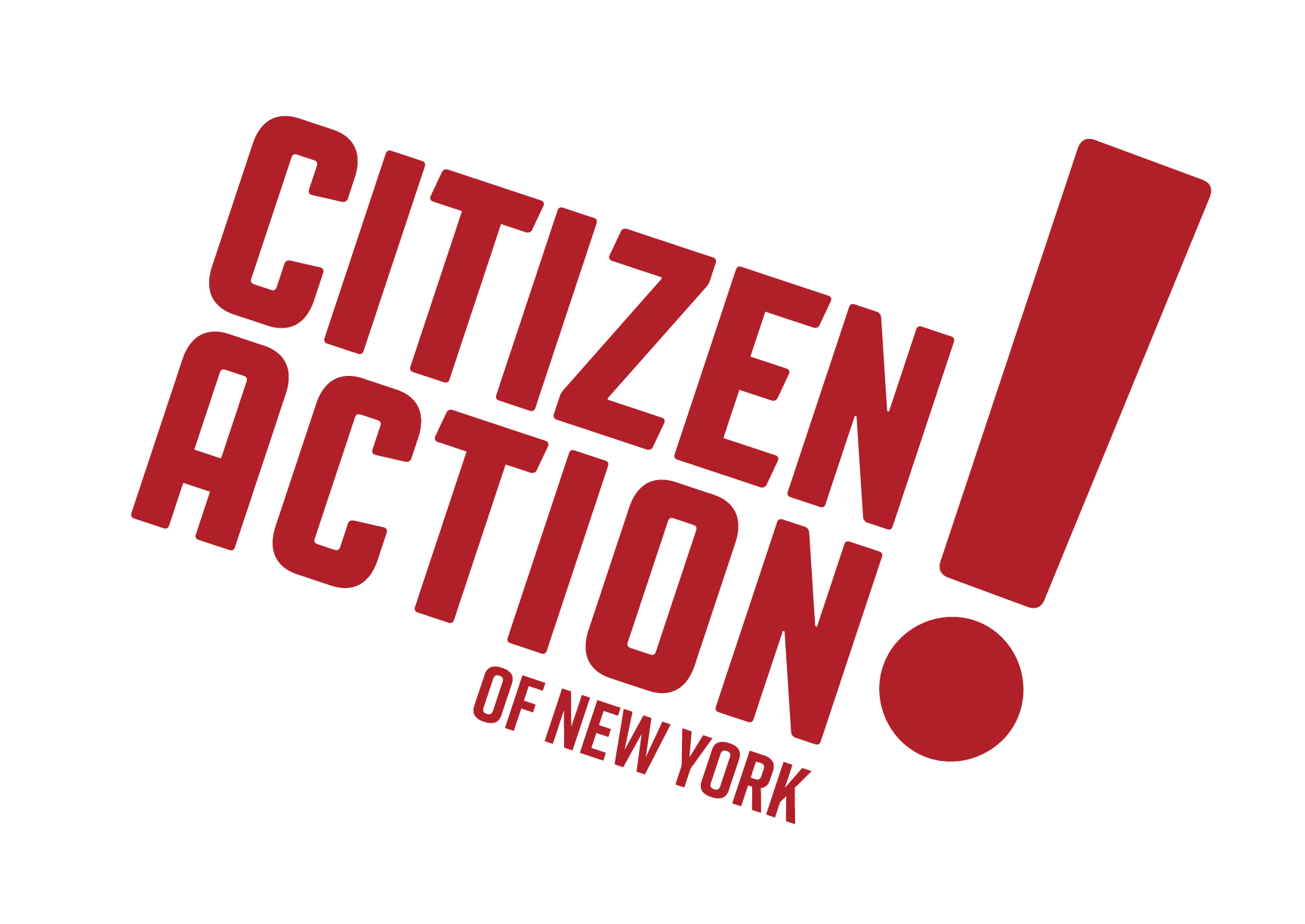While New York’s official unemployment rate is continuing to rise and statewide is now near 9%, the “real” unemployment rate is:
- 27.2% for Black men
- 18.8% for Hispanic Women
- 18.1% for Black women
- 17.4% for Hispanic men
- 14.1% for Asian and other men of color
- 11% for Asian and other women of color
New York has prioritized providing more tax breaks and other public subsidies to large scale private enterprises in the mistaken belief that they will create jobs in low income communities.
This choice has cost the state millions of dollars that could be spent on job training programs and community-based solutions. This year’s bugdet proposal:
- Cuts subsidized job programs by more than two-thirds, from $70 million to $20 million
Better choices could be made that would bring new jobs and new opportunities for financial success to all New Yorkers.
How Budget Choices Affect
 Terrence Robinson
Terrence Robinson
I was born on the East Side of Buffalo, NY, in 1954 and have lived in this neighborhood for most of my life. I am currently unemployed and have been looking for work since funding ran out last year for the non-profit where I was employed.
I have been unable to find many job openings in the Buffalo area, especially in the non-profit sector. Social service agencies have experienced job losses over the past several years due to budget cuts at the state, county, and local levels.
The East Side of Buffalo has experienced a disproportionate amount of disinvestment when compared to other areas of the region. The East Side has mostly been neglected and there is little to no financial investment going into East Side neighborhoods to address the conditions people are facing. This is directly a result of federal and state policies that encourage sprawl, rewards disinvestment in inner cities, and is part of a historical trend not to invest in African American neighborhoods.
HSBC recently closed a branch in my neighborhood in a commercial sector that has the potential to become viable again. The removal of a financial center is counterproductive to neighborhood development.
HSBC’s decision to close this branch affected many people in the community, including my uncle, who is 88 years old. He had conducted his financial business at that location for the last 40 years. He used to be able to walk to do his own banking, but now someone has to drive him across town to the nearest branch.
I am aware that HSBC received millions of dollars in IDA funding to create a call center outside of the city. I think it is hypocritical for HSBC to take public subsidies for economic development and close a branch in an area in need of economic development.
I remember when the East Side had a vibrant business district with several businesses within walking distance. People could work in the communities where they lived and not have to travel out to the suburbs for work. This is the kind of economic development we need to create walkable communities and healthy neighborhoods, where people have good jobs and can afford to meet their basic needs.
I am concerned about how my unemployment will affect my daughter, who is in college, and how my family will continue to pay our mortgage. Without changes to how we do economic development, it will get harder and harder for people like me to find a good job to support a family and create sustainable communities.
Terrence Robinson is Part of Coalition for Economic Justice
